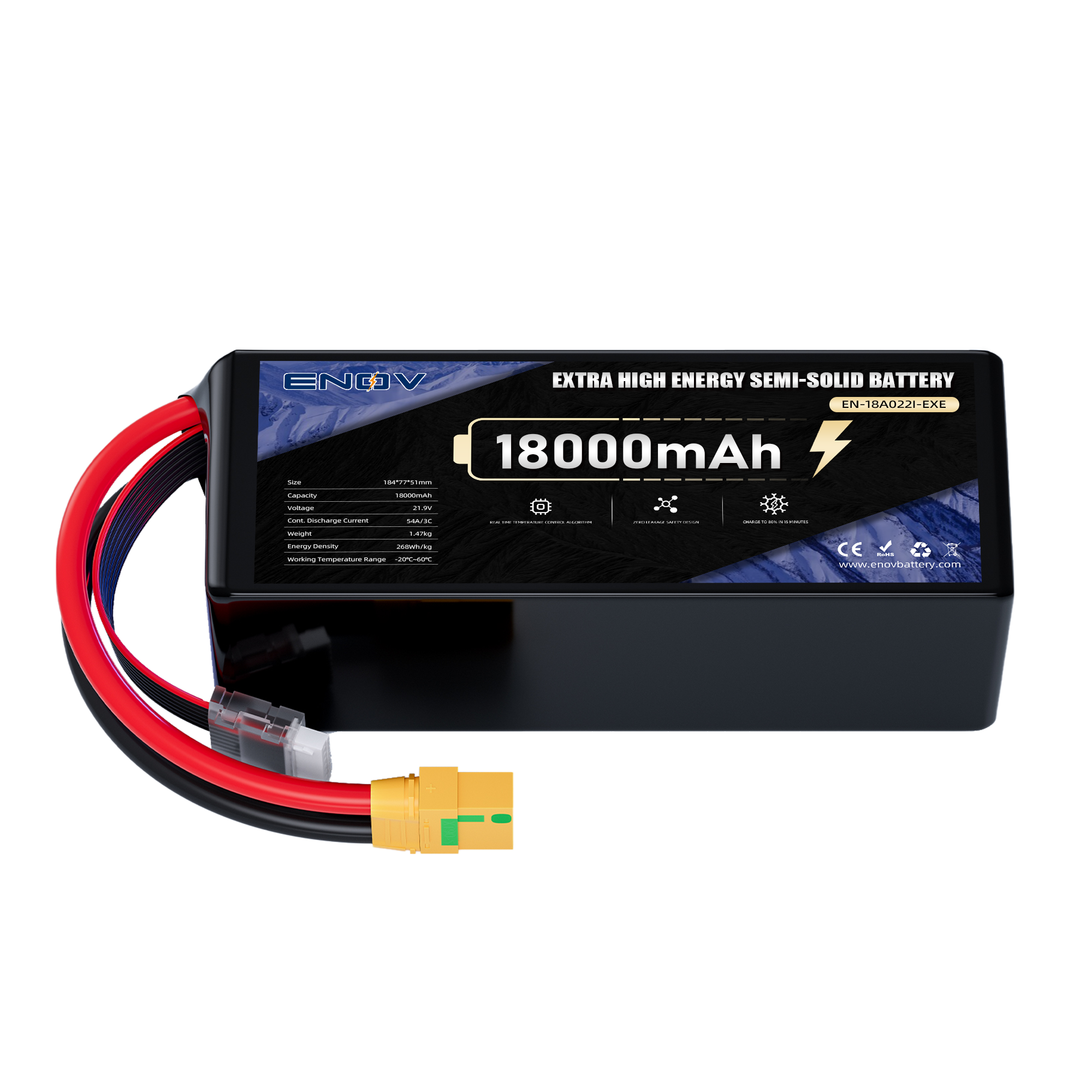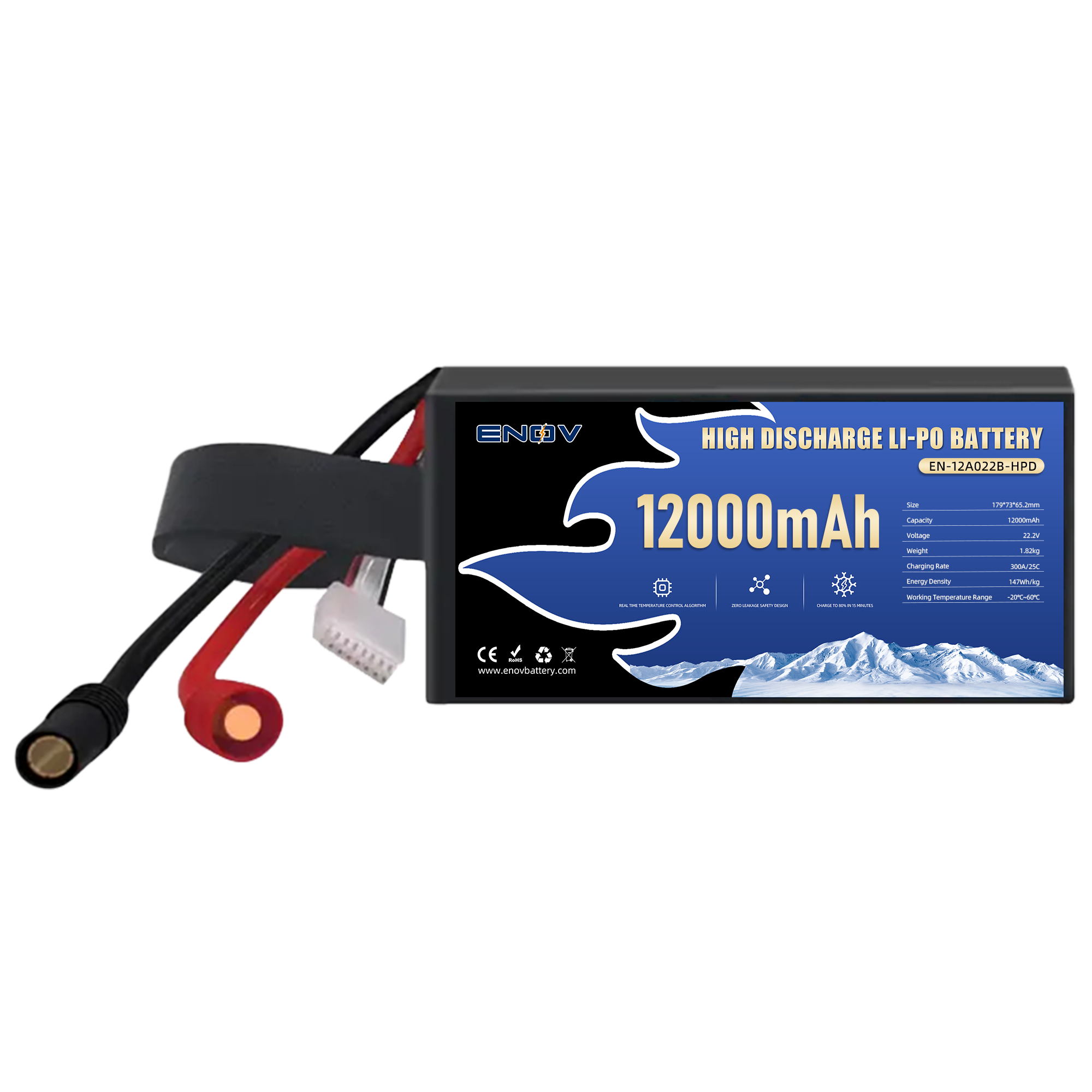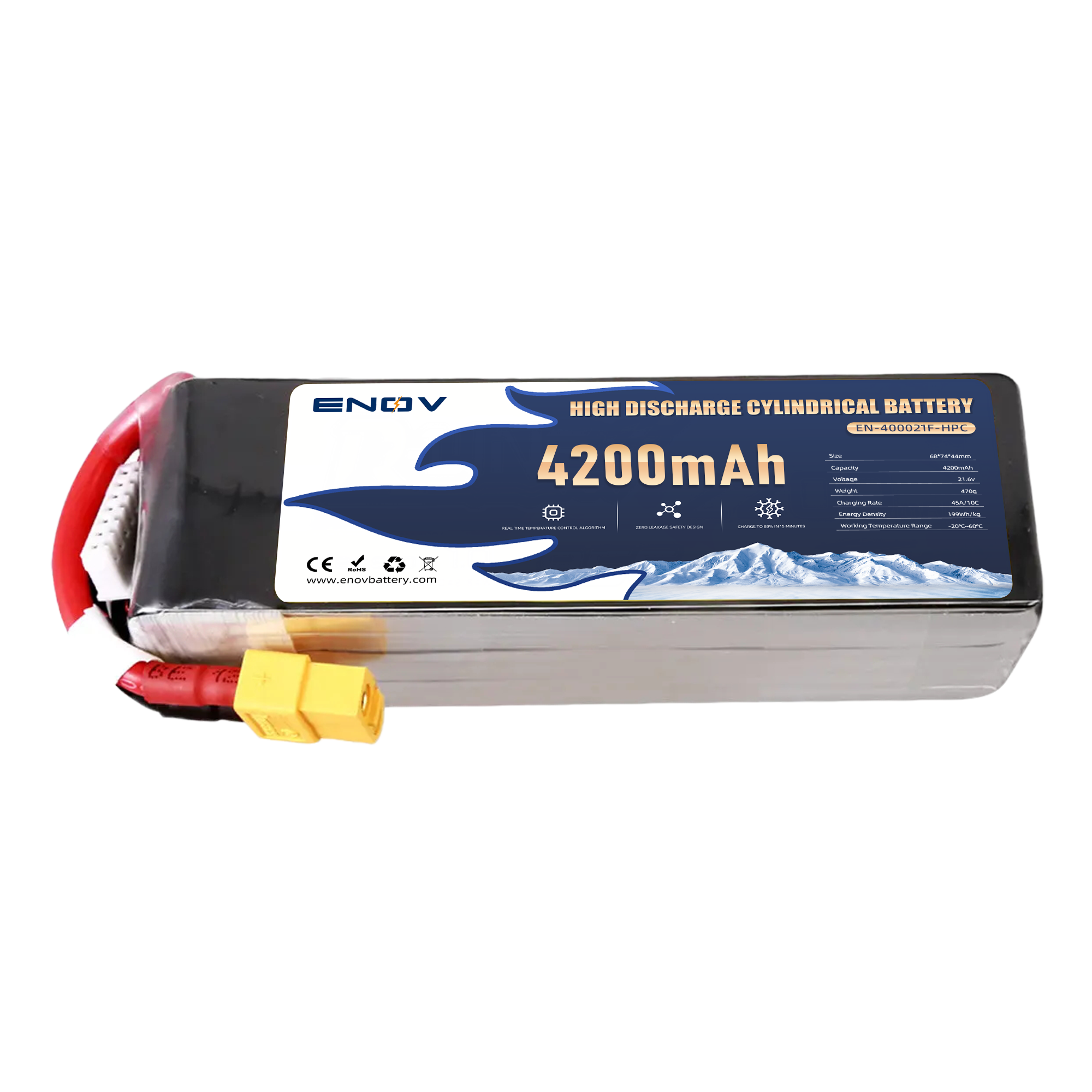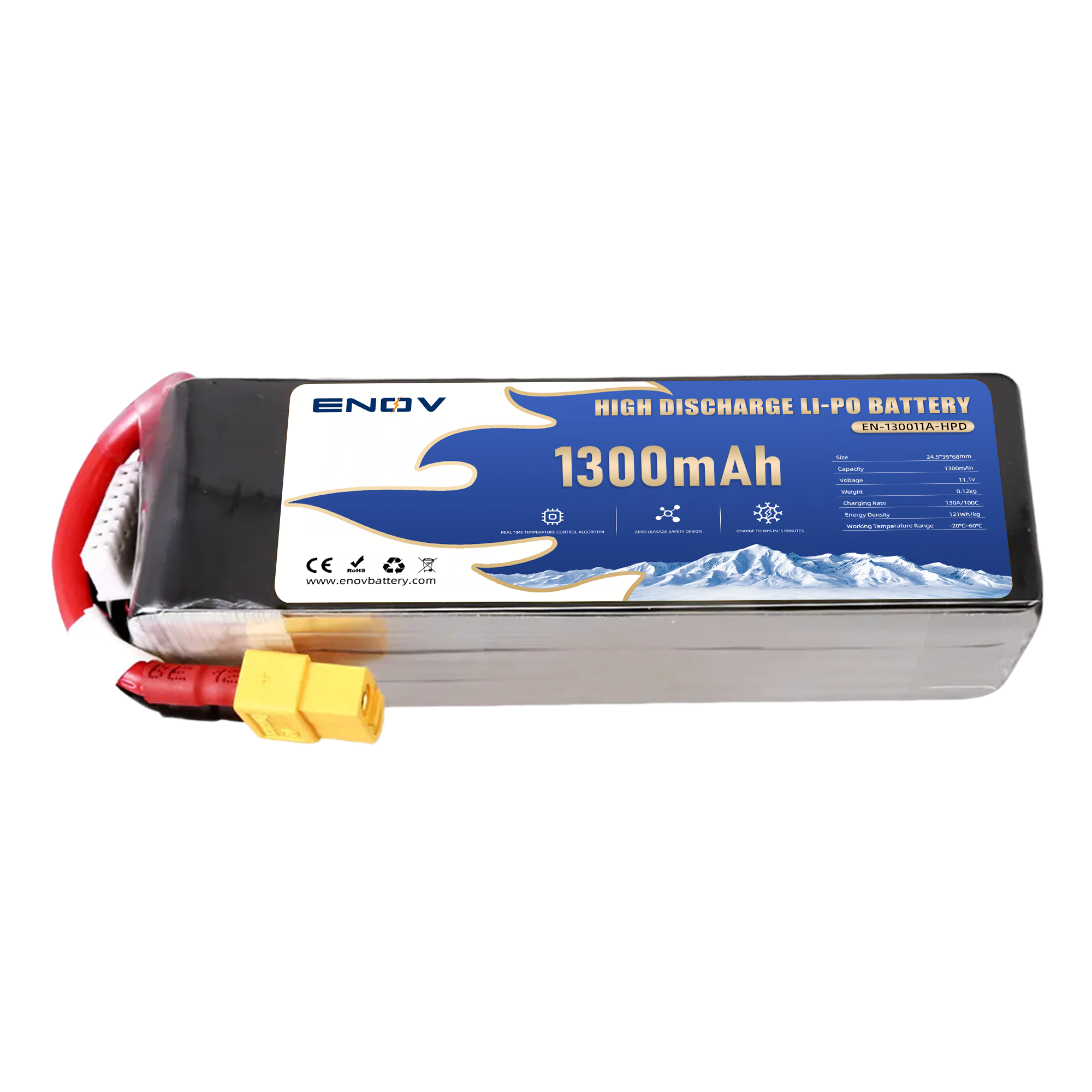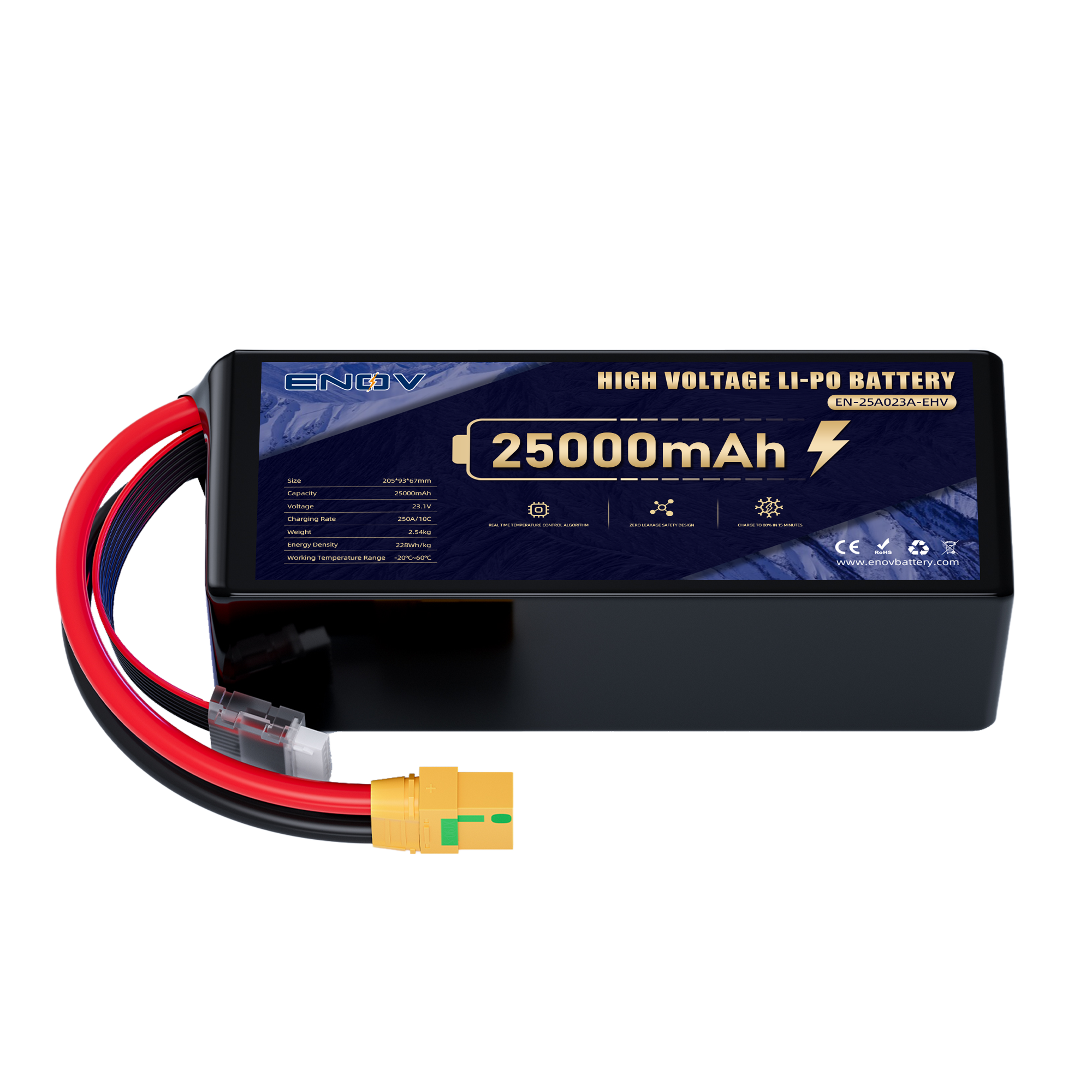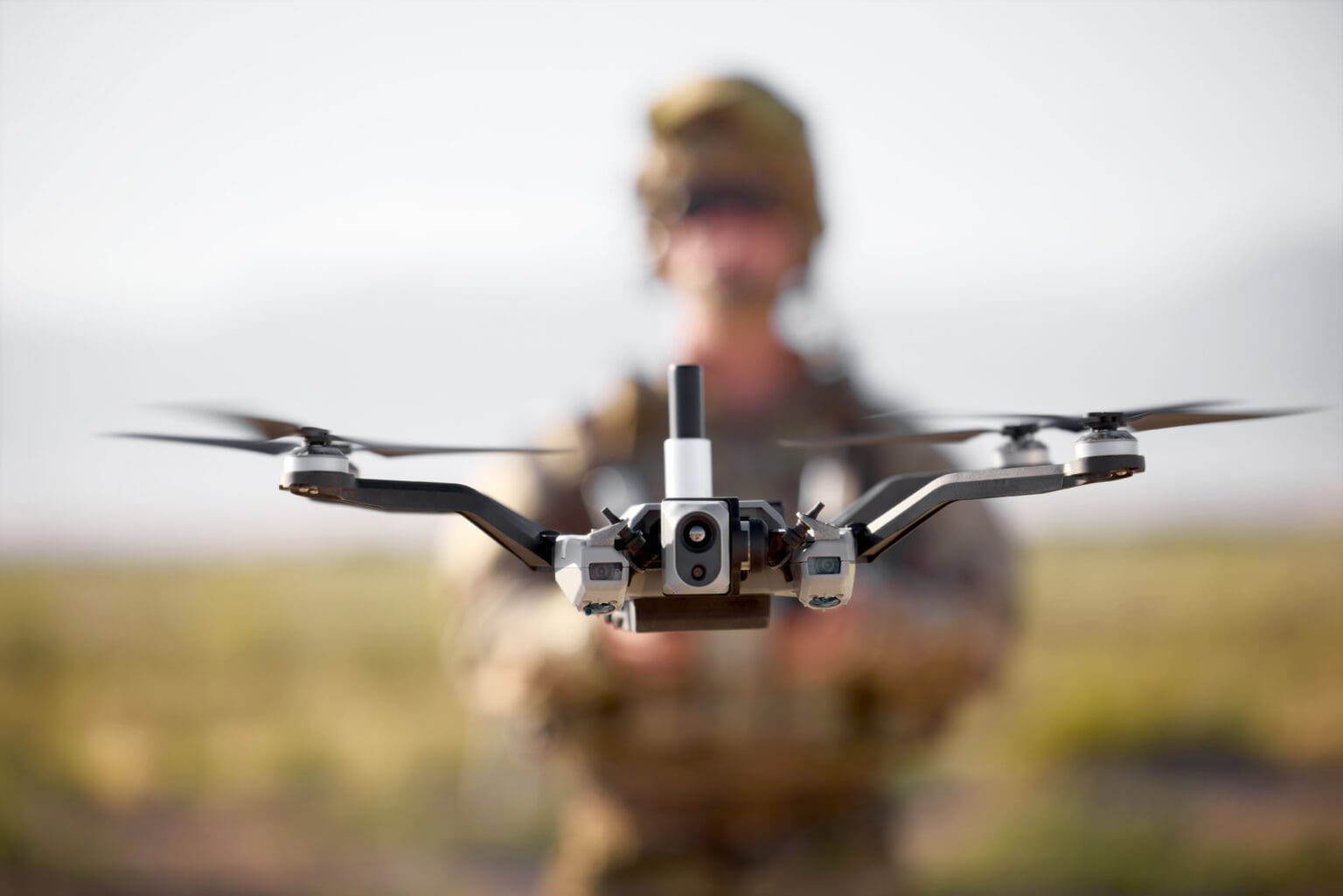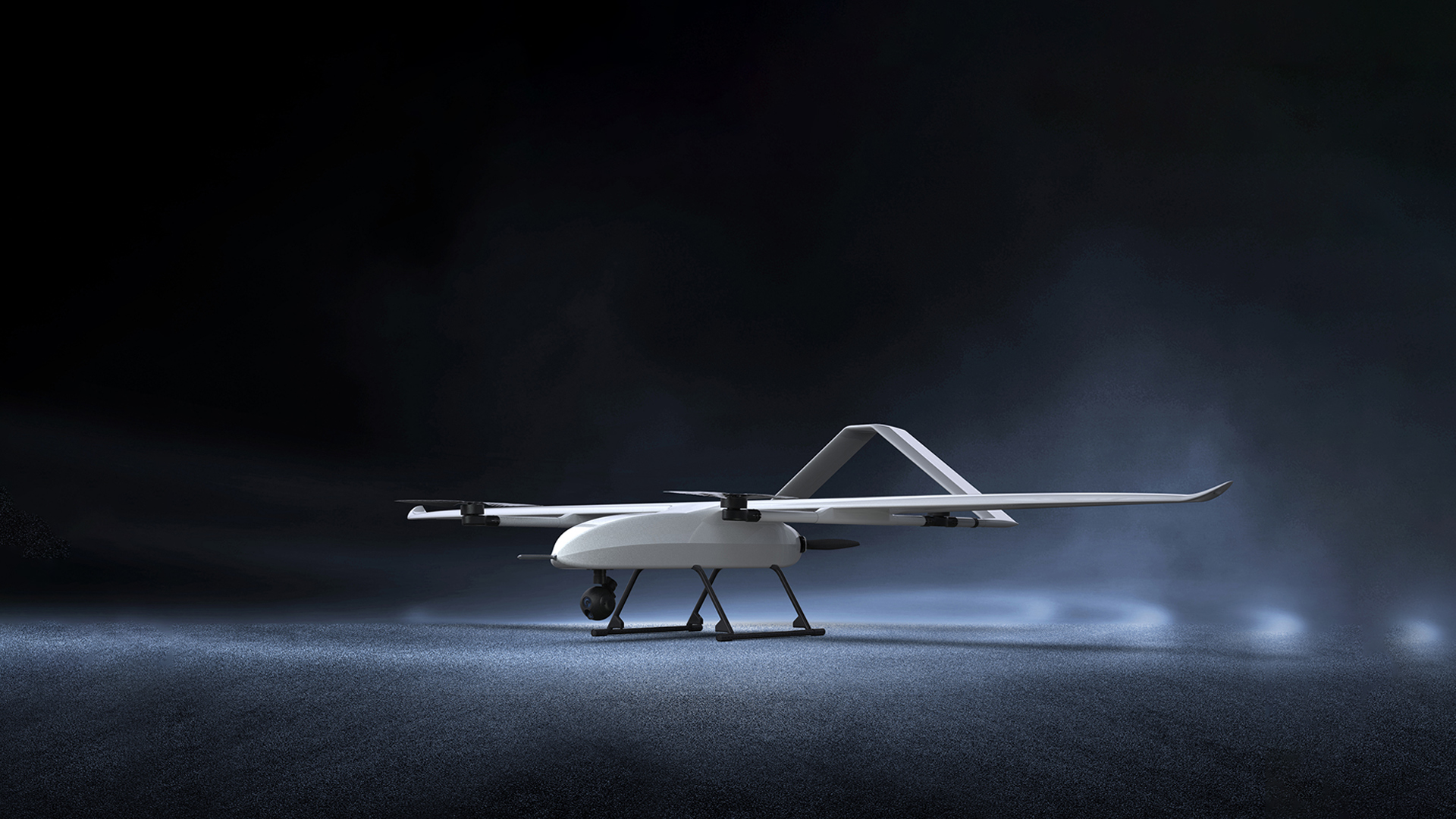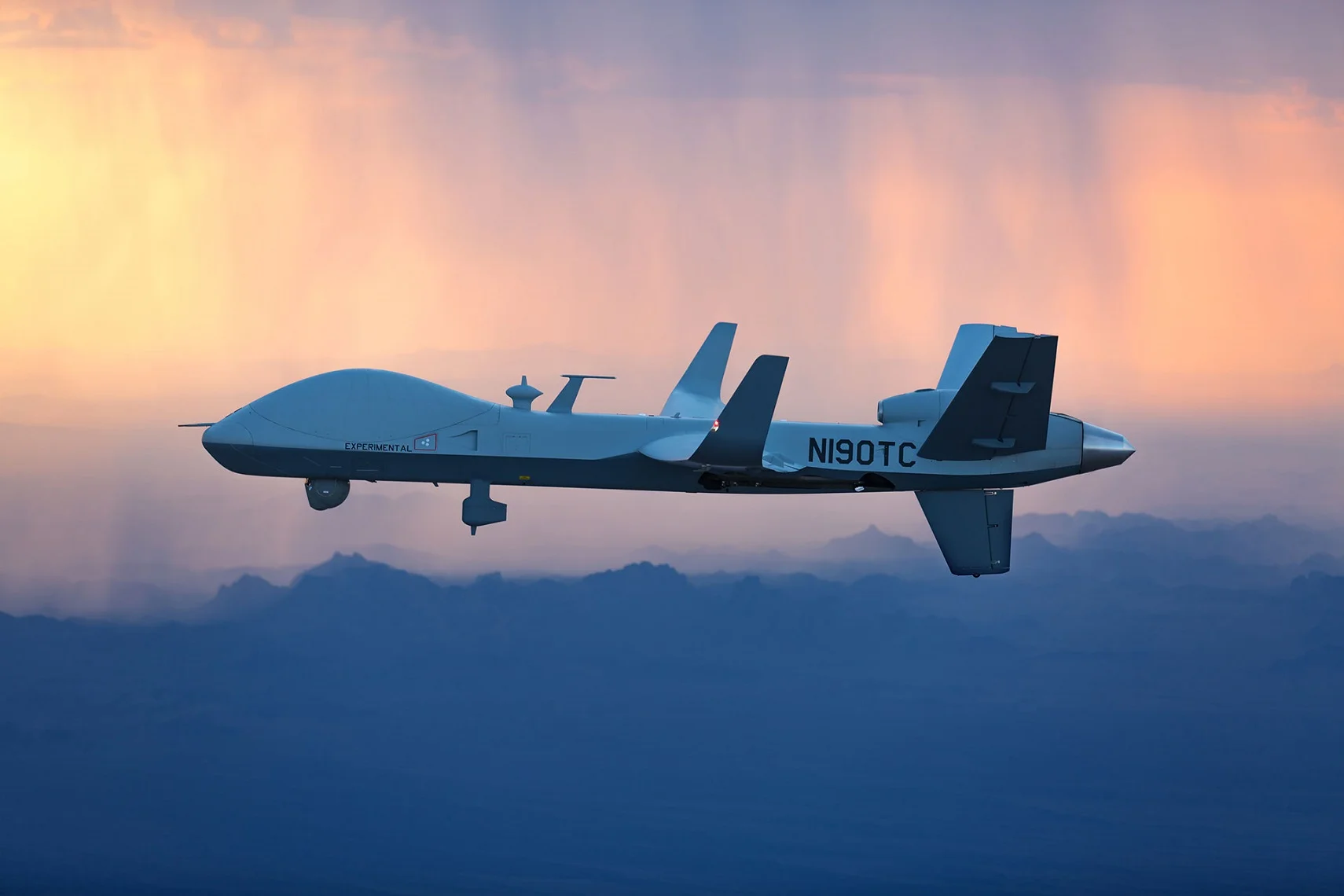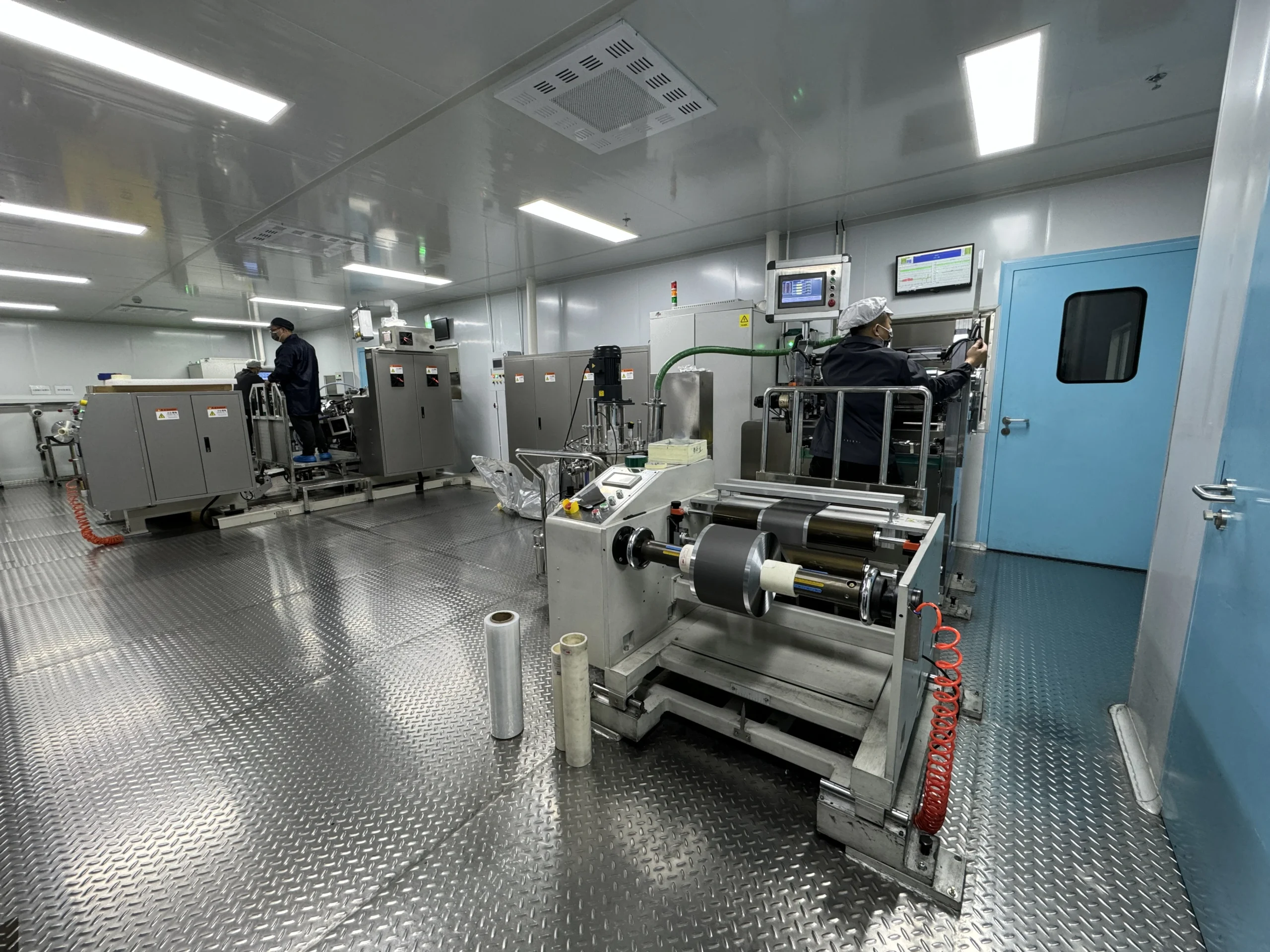Trade Dynamics and Supply Chain Realignments
Trade Dynamics and Supply Chain Realignments: Adapting to a New Global Landscape
Trade dynamics and supply chain realignments are redefining how businesses operate in an era of geopolitical tensions, technological disruption, and sustainability mandates. As tariffs reshape traditional trade routes and AI-driven logistics optimize efficiency, companies must balance agility with compliance to thrive.
This article examines the interplay of policy decisions, market forces, and strategic adaptations shaping modern commerce.
thrust
1. Geopolitical Pressures and Trade Policy Shifts
Global trade patterns are increasingly shaped by geopolitical alliances rather than pure economic efficiency. For instance, the United States has reduced reliance on Chinese imports by rerouting trade through intermediaries like Mexico and Vietnam, while Europe has minimized energy dependencies on Russia through partnerships with the U.S. and regional suppliers . Such realignments reflect a broader trend of "friendshoring," where nations prioritize trade with geopolitically aligned partners to mitigate risks like sanctions or supply disruptions.
Tariff uncertainties further complicate this landscape. Recent U.S. tariffs on Chinese goods, exceeding 145%, have disrupted $300 billion in bilateral trade, forcing companies to seek alternative suppliers in Southeast Asia and Africa . Meanwhile, the WTO warns that escalating tariffs could reduce global merchandise trade by 1.5% in 2025, disproportionately impacting export-dependent developing economies
2. Building Resilient Supply Chains
Post-pandemic strategies emphasize redundancy over cost-cutting. Companies are diversifying suppliers, adopting dual sourcing, and nearshoring production to reduce vulnerabilities exposed by events like semiconductor shortages . For example, automotive manufacturers now allocate orders across multiple suppliers (e.g., 75% to a primary partner, 15–10% to backups) to prevent bottlenecks . This shift contrasts with pre-2020 practices, where lean inventories and single-source dependencies dominated.
Regionalization is another key trend. Automakers like Geely and European brands are localizing EV production to bypass tariffs and meet strict EU emissions targets (e.g., 93.6g/km CO2 limits by 2025) . Similarly, decentralized "on-demand" manufacturing hubs leverage digital platforms to minimize inventory waste and accelerate regional responsiveness
3. Technology as a Catalyst for Agility
AI and automation are revolutionizing supply chain management. Predictive analytics optimize demand forecasting, reducing overstock risks by 35%, while machine learning adjusts logistics routes in real time to cut fuel costs by 15% .
Blockchain-enabled platforms enhance transparency, enabling seamless collaboration among suppliers, manufacturers, and distributors Warehouse automation also plays a critical role. AI-powered robots improve picking accuracy by 40% and reduce labor costs, while IoT sensors enable predictive maintenance, slashing equipment downtime by 30%。. These technologies not only boost efficiency but also help companies comply with sustainability regulations through data-driven carbon accounting.
4. Sustainability and Regulatory Compliance
Environmental mandates are reshaping supply chains. The EU’s Corporate Sustainability Reporting Directive (CSRD) requires firms to disclose emissions and resource usage, pushing manufacturers to adopt renewable energy and circular-economy practices .
For instance, AI-driven load balancing in data centers reduces energy waste by 25%, while recyclable packaging designs cut material costs by 20% Consumer demand amplifies this shift. Brands failing to align with eco-conscious preferences risk losing market share, as 65% of global buyers prioritize sustainability . However, balancing green initiatives with profitability remains challenging, particularly for SMEs navigating costly transitions.
5. Digital Trade and Emerging Frameworks
Digital trade agreements are filling regulatory gaps left by outdated WTO rules. The USMCA and CPTPP include provisions for cross-border data flows, consumer privacy, and e-commerce, creating templates for regional cooperation . The EU-Korea Digital Trade Agreement, finalized in 2025, exemplifies this trend, harmonizing standards to boost cross-border services and AI adoption
These frameworks also address geopolitical friction. By preventing data localization barriers and promoting interoperable systems, they enable smoother trade in digital services, which grew 6.8% in 2024 despite goods trade declines
Conclusion
Trade dynamics and supply chain realignments demand a proactive approach to navigate policy volatility, technological disruption, and sustainability imperatives. Businesses that diversify suppliers, invest in AI-driven logistics, and align with digital trade frameworks will gain resilience in an unpredictable global market. As geopolitical and environmental pressures intensify, agility and strategic foresight will separate industry leaders from those struggling to adapt.
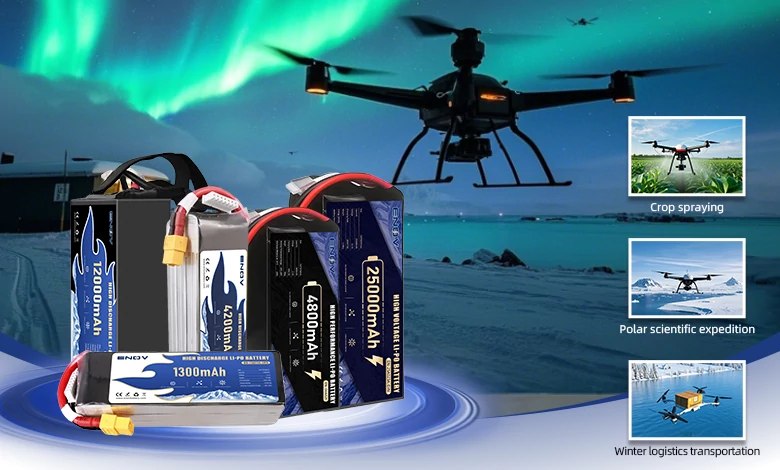
UAV DRONE battery
Enov UAV battery has the most advanced UAV battery new technology, it has a lightweight structural design, ultra-high energy density, stable continuous discharge, customized ultra-high instantaneous discharge, wide temperature working range, stable charge and discharge, battery materials can choose high nickel terpolymer positive/silicon carbon negative material system combined with semi-solid battery technology. Or choose a more mature application of more UAV lithium battery technology, available UAV battery nominal voltage 3.7V, capacity 18.0Ah ~ 30.0Ah, support 10C continuous discharge and 120C pulse discharge (3 seconds). With ultra-high energy density (220-300Wh/kg) as its core advantage, Enov UAV batteries can meet the needs of long-term endurance scenarios such as plant protection drones and transport drones, while maintaining stable emission performance in extremely low temperature environments (-40℃).
Other products
START-STOP LITHIUM BATTERY
LITHIUM ENERGY STORAGE BATTERY
QUICK INQUIRY
FAQ
Access to high frequency technical questions with one click, get accurate answers on product application, after-sales policy and customization process.
Service and Support
Get the latest product specifications, explore professional OEM/ODM customization services, click to open exclusive technical support and production solutions.
Become a Partner
We sincerely invite resources to interconnect, work together for win-win development, and immediately open a new chapter of strategic cooperation!
